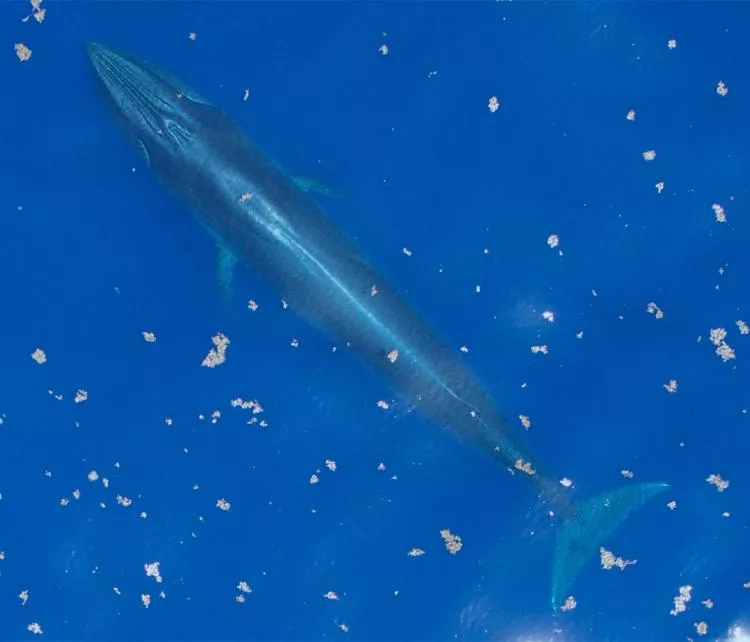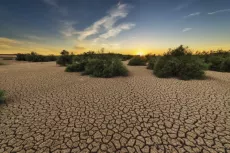Rice's whale confirmed as a new species
It was historically identified as a subspecies of the Bryde's whale but new genetic and anatomical evidence confirms it is a new species which is most closely related to the Eden's whale.
Rice's whale (Balaenoptera ricei), previously believed to be a population of Bryde’s whales, is an intermediate-sized species of baleen whale. Prior to its formal description as a distinct species, the Rice's whale was separately assessed by the IUCN red list as "Gulf of Mexico whale", and is listed as critically endangered.
It is difficult even for experts to tell large baleen whales apart in the field but researchers have known for a long while that a group of Bryde’s-like whales in the Gulf of Mexico were different; They have a feeding strategy that takes them deep underwater to feed near the seafloor, whereas Bryde’s whales tend to forage near the surface. They have also only been consistently sighted within a small stretch north-eastern corner of the Gulf of Mexico where they remain year-round, and they don't appear to be mingling with Bryde’s whales, which are found in the Indian, Atlantic and Pacific Oceans.
To definitively tell similar-looking species apart scientists need genetic evidence so researchers began collecting tissue samples from Rice’s whales.
Lynsey Wilcox, a geneticist with the US National Oceanic and Atmospheric Administration who helped uncover the new species and colleagues first began collecting tissue samples from Rice’s whales in 2000, eventually collecting samples from 36 different individuals. In 2014, a genetic study found Rice's whale to likely represent a distinct species or subspecies of whale
To compare their morphologies, the scientists first inspected skeletons held in museums but in early 2018, a beached individual was found in Everglades National Park in Florida, and transported to the Smithsonian for a morphological examination which revealed a number of differences.
Together the genetic and skeletal differences were enough to warrant a new species designation.
“I was surprised that there could be an unrecognized species of whale out there, especially in our backyard,”
—Lynsey Wilcox, geneticist with the US National Oceanic and Atmospheric Administration
























